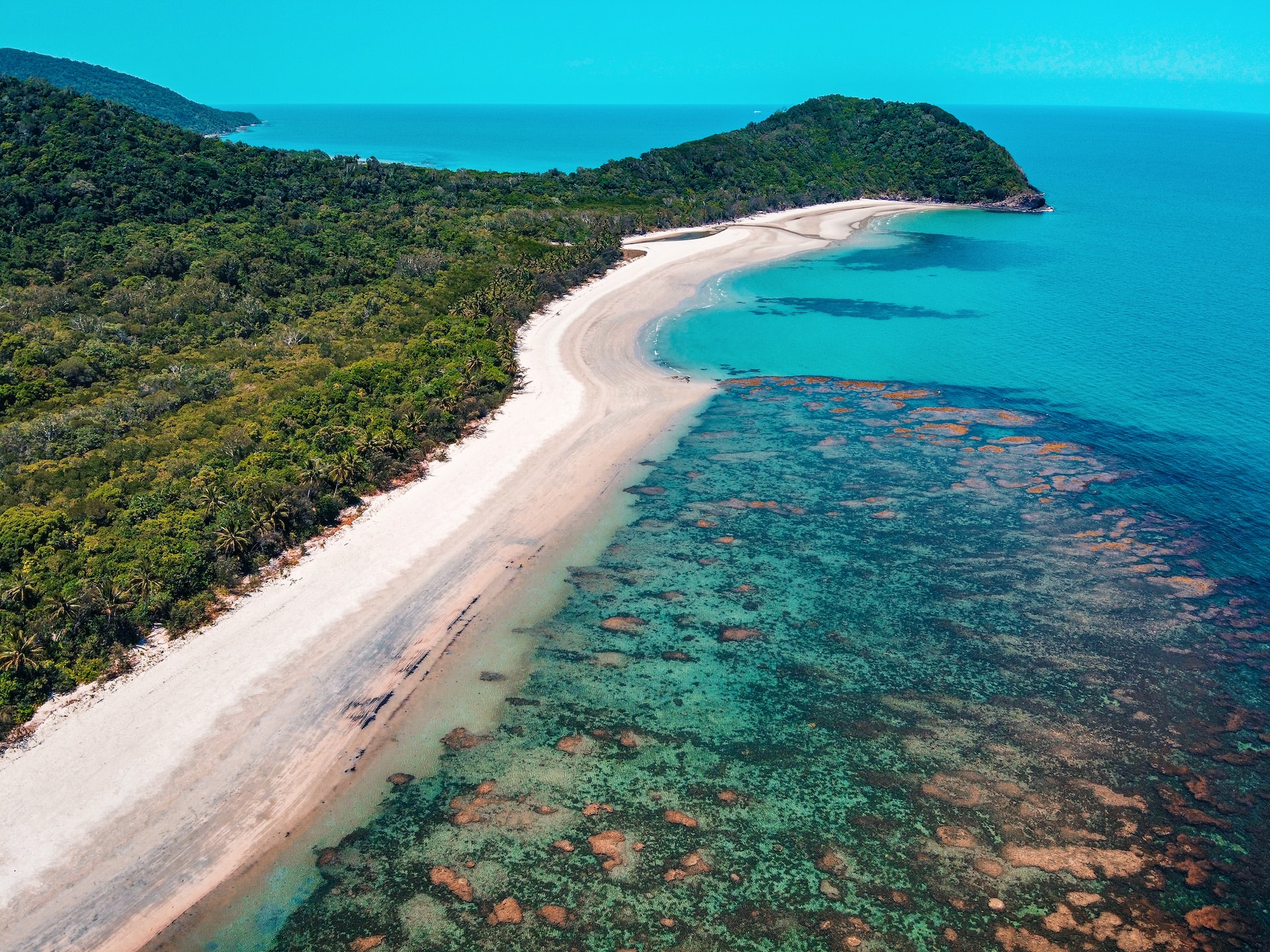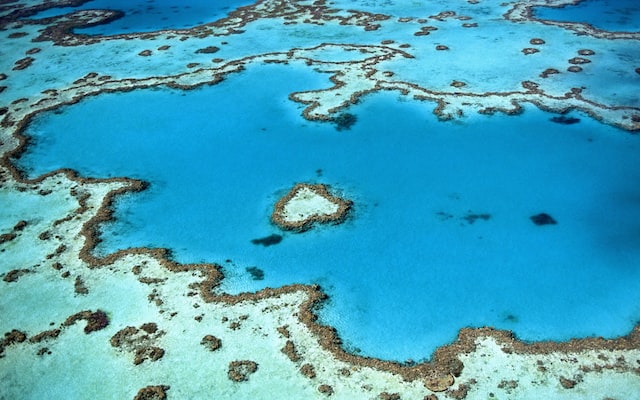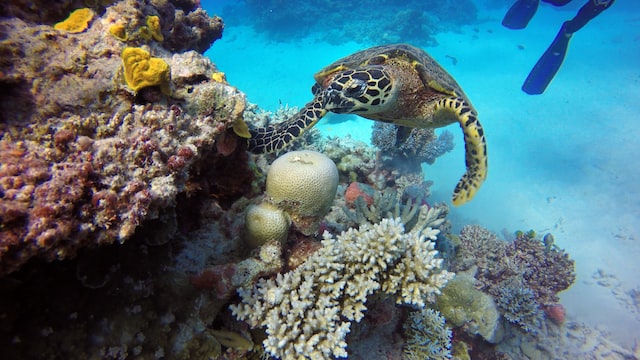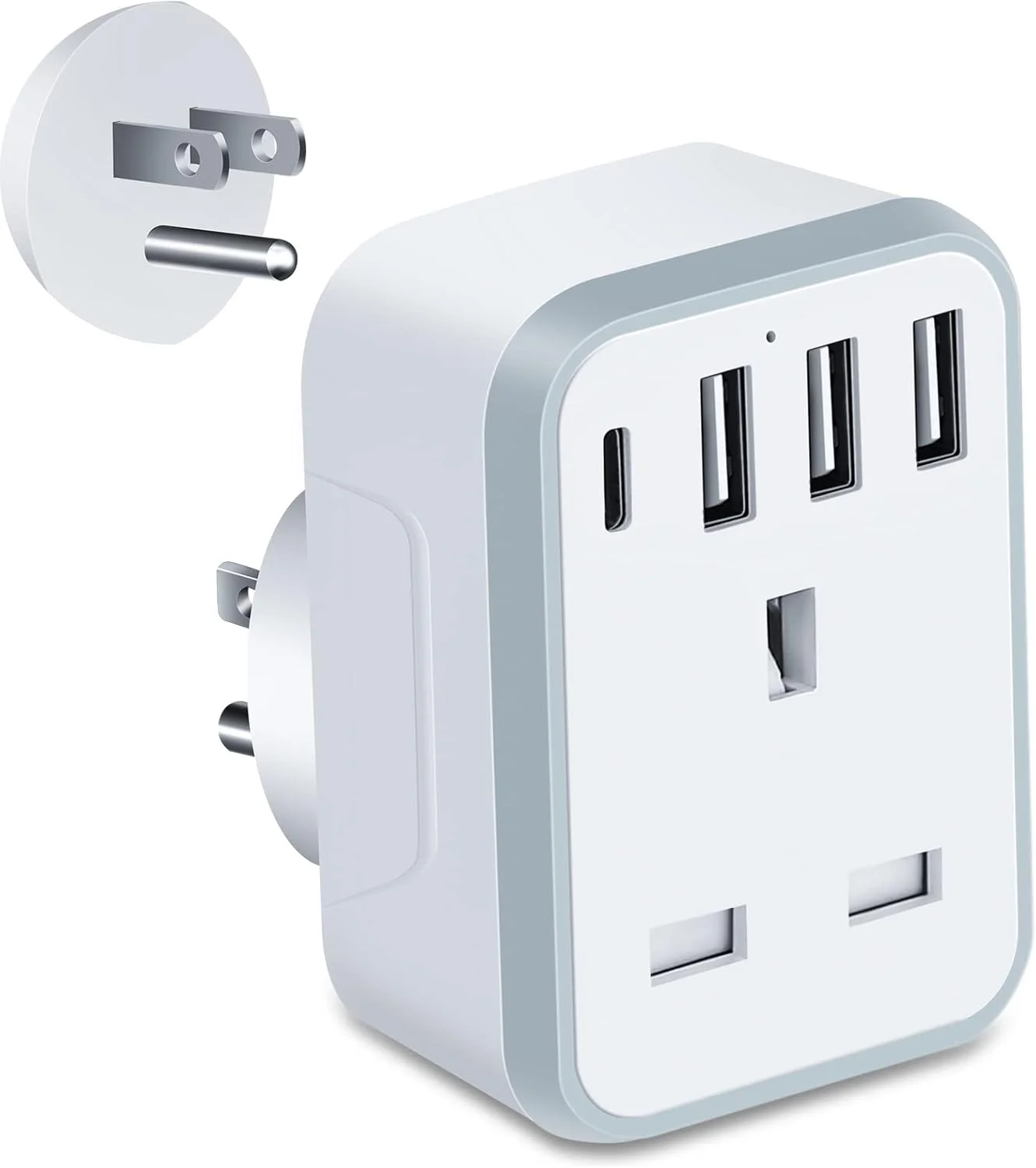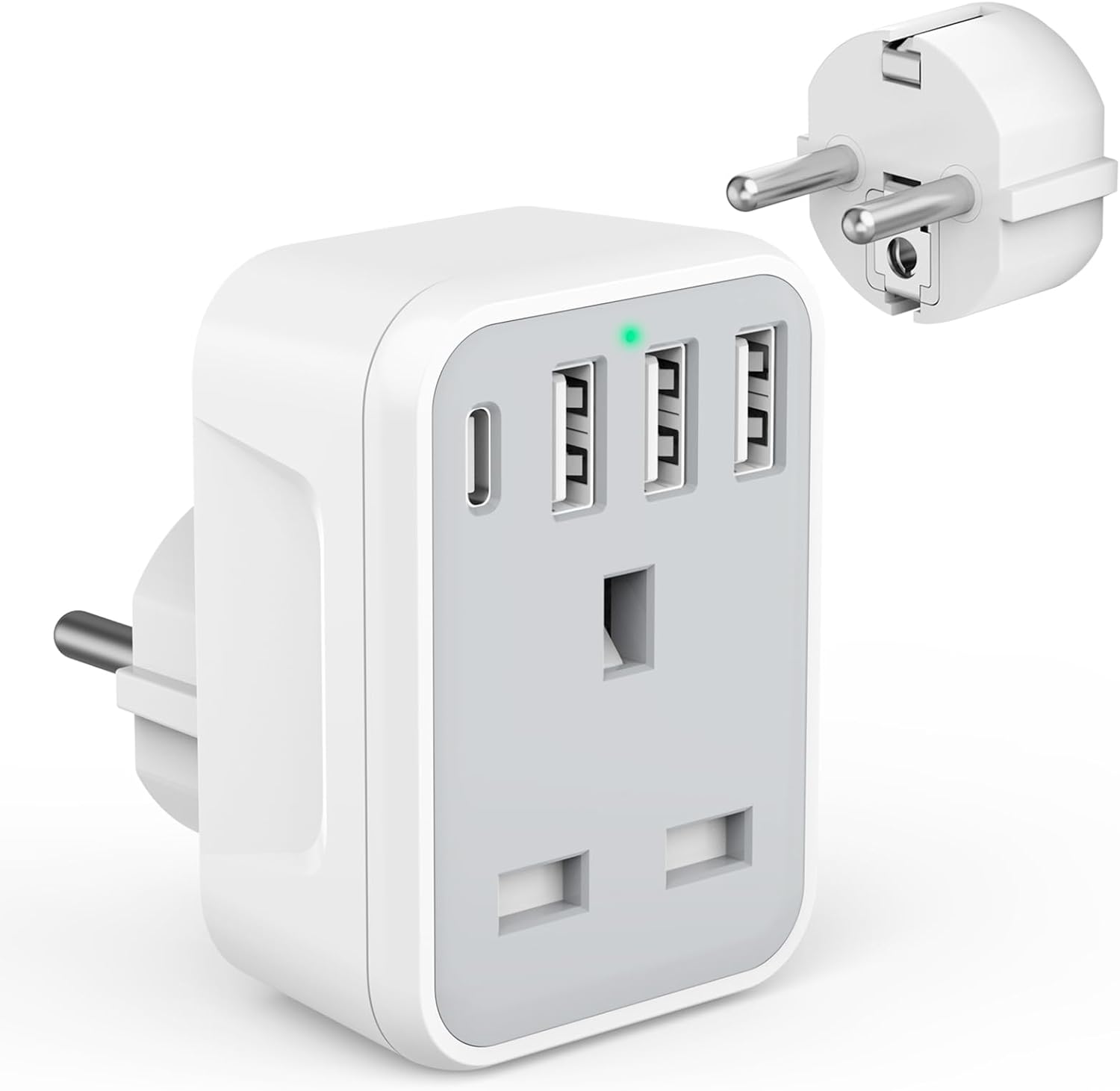I had low expectations for the Great Barrier Reef. Too many stories about bleaching, too many photos of disappointed tourists peering at grey coral from crowded boats. Then I dropped into the water at Norman Reef and within seconds was surrounded by a cloud of damselfish, a sea turtle cruising past beneath me, and colours I hadn’t expected – greens, purples, electric blues. The reef isn’t what it was 30 years ago, but it’s not the wasteland I’d feared either. You just have to know where to go and how to do it properly.
The Great Barrier Reef stretches over 2,300 kilometres along Queensland’s coast – roughly the distance from London to Moscow. It’s not one reef but nearly 3,000 individual reef systems, and the experience varies enormously depending on where you visit and how much you’re willing to spend.
Where to Base Yourself
Cairns
The main gateway for most visitors. Cairns itself isn’t on the reef – you’ll need a boat trip to reach it – but it has the most operators, the most competition on price, and the best transport links.
Pros: Cheapest day trips, international airport, good backpacker scene, lots of tour operators
Cons: More crowded boats, longer transit to outer reef, city isn’t particularly beautiful
Day trip cost: A$180-280 (£95-150)
Port Douglas
An hour north of Cairns, closer to the outer reef and with a more upmarket feel. Day trips depart from the marina and reach the reef faster.
Pros: Closer to excellent reef sites, less crowded boats, nicer town
Cons: More expensive, limited budget options, fewer departures
Day trip cost: A$250-350 (£130-185)
Airlie Beach and the Whitsundays
Further south, this area combines reef visits with the stunning Whitsunday Islands. Whitehaven Beach alone is worth the trip.
Pros: Island scenery, white sand beaches, can combine reef and islands
Cons: Inner reef sections can be less spectacular, longer travel from major airports
Mission Beach
Small town south of Cairns, quieter alternative with access to reef and rainforest.
Pros: Much quieter, authentic small-town feel, Dunk Island nearby
Cons: Limited tour operators, reef sections can be variable
How to See the Reef
Day Trips (Snorkelling)
The most popular option. Large catamarans carry 100-300 people to pontoons moored on the reef. You get 3-4 hours of snorkelling time, lunch included, and usually the option to add activities like helmet diving or scenic flights.
Typical cost: A$180-280 (£95-150)
What you get: Transport, snorkel gear, lunch, reef tax, 3-4 hours at the reef
The big operators (Quicksilver, Reef Magic, Great Adventures) run pontoon-based trips that are efficient but busy. Smaller boats reach quieter spots but may have longer travel times.
Tip: Book a morning departure if possible. Afternoon trips have shorter reef time and visibility can drop if weather changes.
Day Trips (Diving)
Most snorkel day trips offer introductory dives for beginners (no certification needed) or certified dives for qualified divers.
Introductory dive: A$80-150 (£40-80) on top of the day trip cost. An instructor guides you through a shallow dive after brief training.
Certified dive: A$60-100 (£30-50) per dive. Usually two dives offered, with better sites than the intro dives.
Liveaboard Trips
For serious diving, liveaboards reach the outer reef and sites like Cod Hole, Osprey Reef, and the Ribbon Reefs that day trips can’t access. You’ll sleep on the boat for 2-7 nights and do 3-4 dives per day.
Cost: A$500-1,500+ (£260-800+) depending on length and boat quality
Best sites: Cod Hole (potato cod), Osprey Reef (sharks, pelagics), the Ribbon Reefs
This is how to see the reef at its best. The outer reef has better coral coverage, clearer water, and more marine life than the inner sections most day trips visit.
Scenic Flights
Helicopters and small planes offer aerial views of the reef, including the famous Heart Reef. A memorable way to see the scale of the reef, though you won’t get in the water.
Cost: A$200-500 (£105-260) for 30-60 minute flights
What You’ll See
Fish: Clownfish (yes, Nemo), parrotfish, angelfish, butterfly fish, wrasse, damselfish, barracuda, trevally, reef sharks (harmless)
Other marine life: Green and hawksbill turtles (common), giant clams, sea cucumbers, moray eels, rays, octopus
On liveaboards/outer reef: Manta rays, whale sharks (rare), potato cod, grey reef sharks, coral trout
Coral: Both hard and soft corals in various stages of health. Some areas are vibrant; others show bleaching damage. Operators know which sites have the best coral.
When to Go
Best time: June to October
- Dry season with calm seas
- Best visibility (15-30 metres)
- Warm water (24-26°C)
- Peak tourist season, book ahead
Wet season: November to May
- Warmer water (26-29°C)
- More rain, reduced visibility
- Stinger (jellyfish) season – you’ll wear a stinger suit
- Fewer crowds, lower prices
Diving and snorkelling are possible year-round, but visibility and sea conditions make the dry season significantly better.
Costs
Experience
Cost (AUD)
Cost (GBP)
Day trip (snorkel)
$180-280
£95-150
Intro dive add-on
$80-150
£40-80
Certified dive add-on
$60-100
£30-50
Scenic helicopter
$200-500
£105-260
3-day liveaboard
$800-1,500
£420-800
Reef tax (included in most trips)
$20
£10
Budget option: Basic snorkel day trip from Cairns with a larger operator runs around A$180. Book online for discounts.
Tips for a Better Experience
Choose the right operator: Read recent reviews. Some boats visit inner reef sites with poor coral; others go further for better conditions. The extra A$50-100 for a quality operator is worth it.
Go outer reef if you can: Pontoon-based day trips to the outer reef (Agincourt Reef from Port Douglas, for example) see healthier coral than inner reef sites.
Early morning is best: Book morning departures. The reef is calmer, less crowded, and visibility is often better before afternoon winds pick up.
Bring seasickness medication: The boat ride can be rough. Take medication before departure, not once you feel sick.
Reef-safe sunscreen: Regular sunscreen damages coral. Use reef-safe options and reapply outside the water, not while swimming.
Snorkel with confidence: If you’re not a strong swimmer, ask about flotation vests. They’re standard equipment and let you focus on the reef rather than staying afloat.
The Reality of Reef Health
The Great Barrier Reef has suffered significant bleaching events, and parts of it have lost coral coverage. This is real and worth acknowledging. But the reef is enormous, and large sections remain healthy and spectacular, particularly on the outer reef and southern sections.
Operators know which sites are in good condition and rotate their visits to allow recovery. You’re unlikely to visit a dead reef – tourism money depends on showing people something worth seeing.
Is it what it was 30 years ago? No. Is it still one of the most remarkable underwater experiences you can have? Yes.

